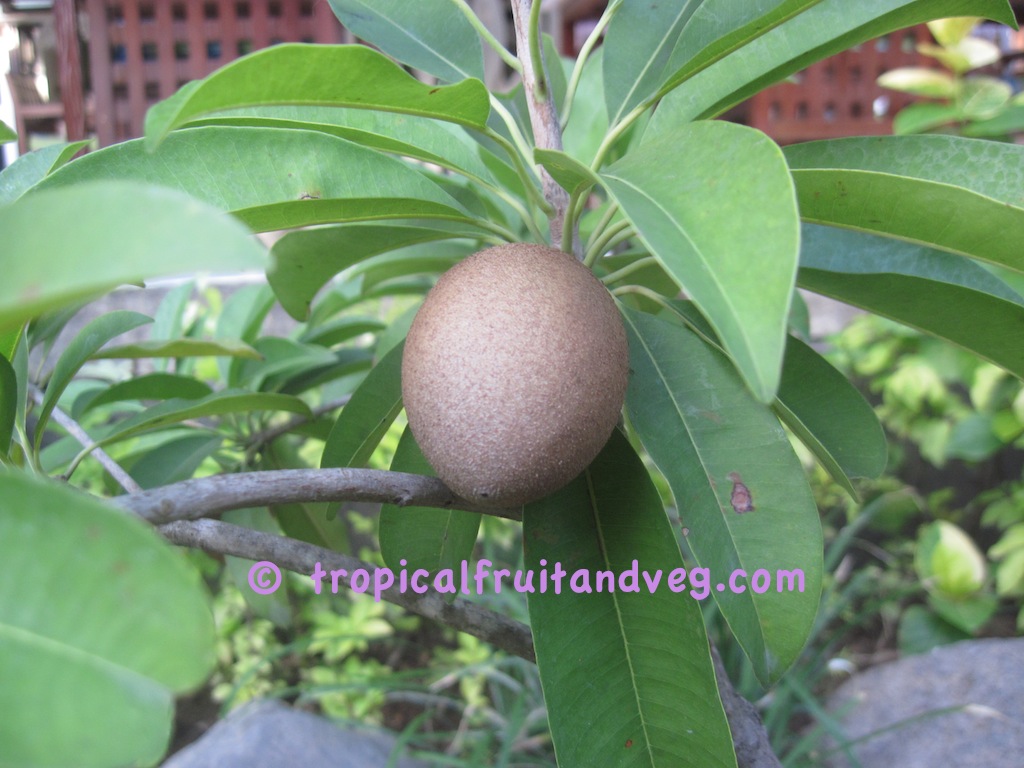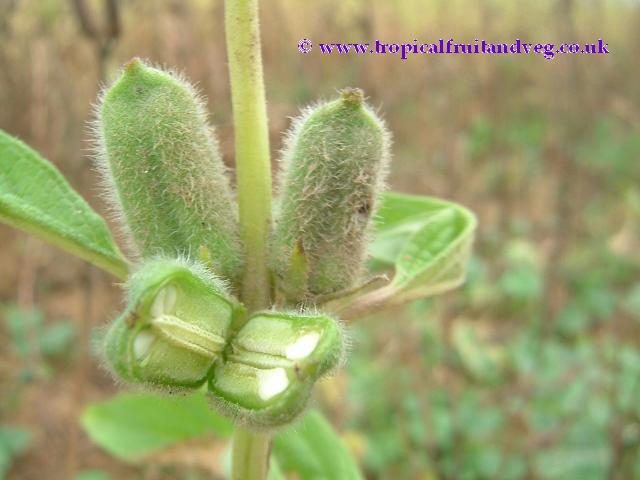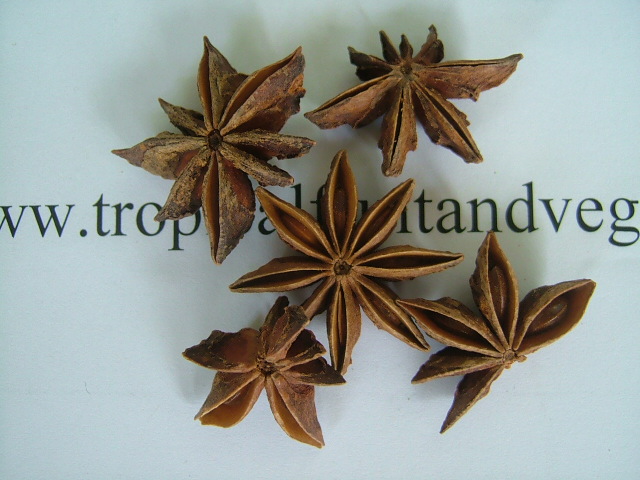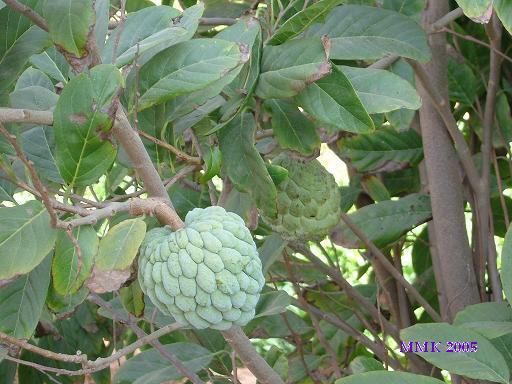| Health: 71 to 75 of 81 NextPage Go to Page: 1 2 3 4 5 6 7 8 9 10 11 12 13 14 15 16 17 | |

|
Sapodilla
Botanical Name: Manilkara zapota Because of the tannin content, young fruits are boiled and the decoction taken to stop diarrhea. An infusion of the young fruits and the flowers is drunk to relieve pulmonary complaints. A decoction of old, yellowed leaves is drunk as a remedy for coughs, colds and diarrhea. A 'tea' of the bark is regarded as a febrifuge and is said to halt diarrhea and dysentery. The crushed seeds have a diuretic action and are claimed to expel bladder and kidney stones. |

|
Sesame
Botanical Name: Sesamum indicum Sesame seeds are a very good source of manganese, copper, calcium, magnesium, iron, phosphorous, vitamin B1, zinc and dietary fiber. |

|
Star Anise
Botanical Name: Illicium verum Star anise has been used in a tea as a remedy for colic and rheumatism, and the seeds are sometimes chewed after meals to aid digestion. It is also used as a sedative, especially for nervousness and to induce sleep. |

|
Sugar Apple
Botanical Name: Annona squamosa The crushed leaves are sniffed to overcome hysteria and fainting spells; they are also applied on ulcers and wounds and a leaf decoction is taken in cases of dysentery. The root, because of its strong purgative action, is administered as a drastic treatment for dysentery and other ailments. |

|
Tamarind
Botanical Name: Tamarindus Indica Tamarind preparations are universally recognized as refrigerants in fevers and as laxatives and carminatives. The pulp is considered effective as a digestive and as a remedy for biliousness and bile disorders, and as an antiscorbutic. Tamarind leaves and flowers, dried or boiled, are used as poultices for swollen joints, sprains and boils. Lotions and extracts made from them are used in treating conjunctivitis, as antiseptics, as vermifuges, treatments for dysentery, jaundice, erysipelas and hemorrhoids and various other ailments. |
| 71 to 75 of 81 NextPage Go to Page: 1 2 3 4 5 6 7 8 9 10 11 12 13 14 15 16 17 | |